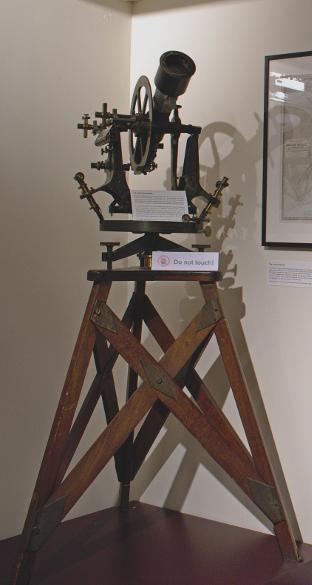This map shows the extraordinary scale of the ‘Great Trigonometrical Survey of India’, by far the largest and most complex land survey ever conducted in the British Empire.
The circles, crosses, and stars show the pendulum and astronomical stations that made up the Survey’s reference points. Each triangle is the calculated result of numerous angle and baseline measurements taken by teams of surveyors between 1802 and 1870.
The ‘survey sciences’ served in the front lines of the East India Company’s territorial conquest of India. Backed by British military power, surveyors worked for nearly a century to extend cartographic control—and with it administrative authority—across South Asia. As Clements Markham, Secretary of the Royal Geographical Society, haughtily declared in 1871:
“The story of the Great Trigonometrical Survey, when fitly told, will form one of the proudest pages in the history of English domination in the east.”(1)






